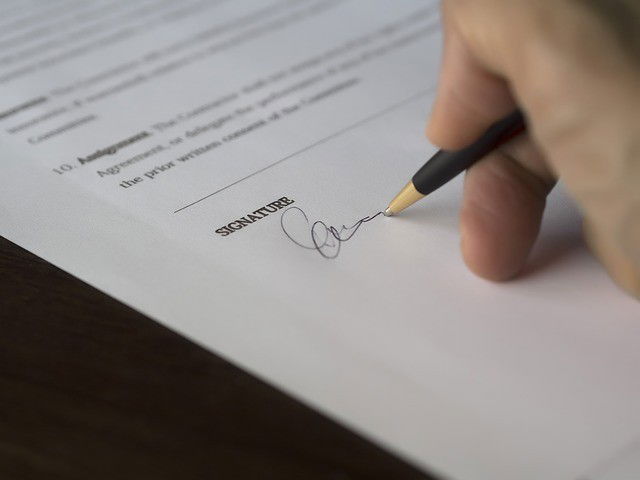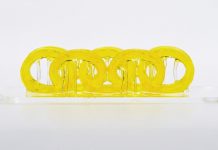
Among different methods of authentication, signature verification has a specific place. The reason is that signing procedure is simple and cheap.
Moreover, it is acceptable to people and official organizations. In actual situation, signature verification procedure is done by Forensic Handwriting Experts (FHEs).
However, using artificial intelligence would help the FHEs to speed up the procedure. In ideal case, automatic signature verification systems could behave as a FHE. They at least can be used as a first filter in banks, official organizations, etc.
Despite the benefits of using signature as an authentication method, signature verification systems suffer from factors that reduce the performance or accuracy such as the need for high amount of genuine signatures in the enrolment procedure.
In real conditions, imagine that you ask the user to sign twenty times or even more! Meanwhile, you must consider that signature by its nature is very variable, and to capture all the genuine variations, many factors such as time, pen, and paper must be considered.
Computer scientist have employed different methods to enhance automatic verification systems. Almost all of the methods can be divided into two categories: Writer-Dependent and Writer-Independent.
In the former, you use genuine signatures of an authentic person as reference samples and some forged signatures as negative samples to find whether a questioned signature (query) is genuine or forgery.
But in the latter, using all the reference samples of all the authors, you design just one verifier for all the authors. Each method has its advantages and disadvantages.
Writer-Dependent method could code user-specific traits better but Writer-Independent method could use much more samples and solve the small sample size problem.
In the paper entitled “Deep Multitask Metric Learning for Offline Signature Verification”, we mix the idea of the two methods.
In a neural network structure, firstly, we consider one common layer for all the authors which acts as a Writer-Independent unit.
Next, in a Writer-Dependent behavior, samples enter to their specific layers corresponding to their authentic author. All in all, this novel methods helps to use the benefits of the both methods.
Our structure, trains a metric or a similarity measure that calculate the similarity or dissimilarity among signature pairs. So if the questioned signature is similar to the reference samples, it could be genuine and vice versa.
The difference between our metric learning method and others, is that we use a multitask learning approach, which trains different similarity measures for the authors, simultaneously.
Actually, the factor that let the structure use both Writer-Dependent and Writer-Independent is the multitask learning structure of the neural network.
Testing on different signature datasets, it has been shown that our method, Deep Multitask Metric Learning, surpass other published methods in the signature verification literature.
In addition to the above justifications, Deep Multitask Metric Learning good performance can even be explained according to the power of multitask learning.
Multitask learning helps to use the knowledge from the similarities and dissimilarities between the genuine and forged samples of other authors in order to enhance the accuracy of verification of a questioned signature from another author.
Co-authors: Babak N. Araabi, Kazim Fouladi
Citation: Amir Soleimani, Babak N. Araabi, Kazim Fouladi, Deep Multitask Metric Learning for Offline Signature Verification, Pattern Recognition Letters, Volume 80:84-90. doi:http://dx.doi.org/10.1016/j.patrec.2016.05.023.
Figure legend: This Knowridge.com image is for illustrative purposes only.



